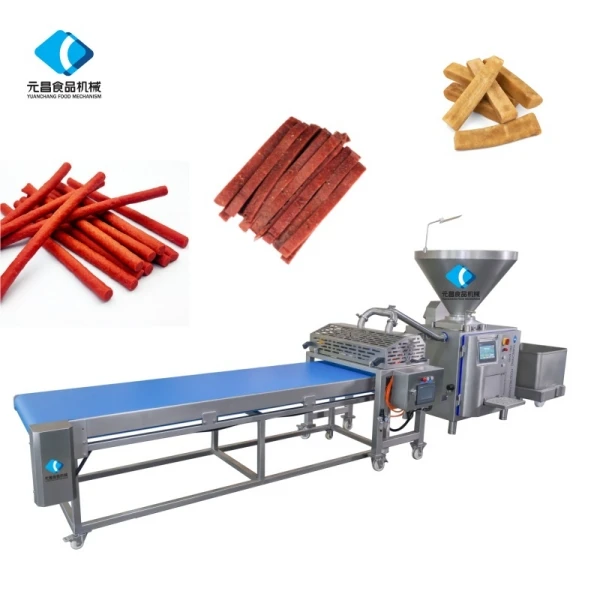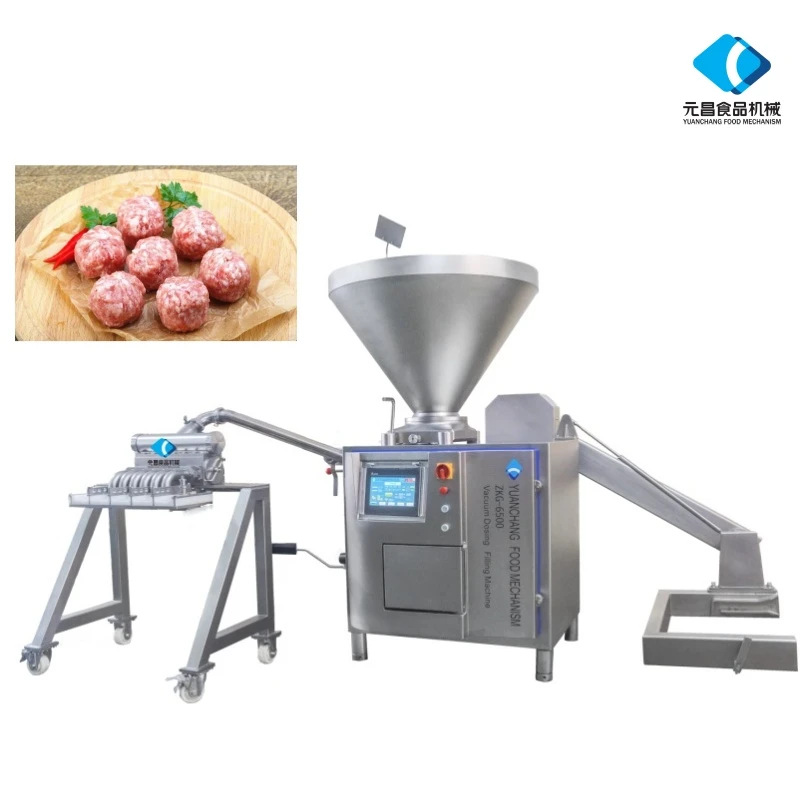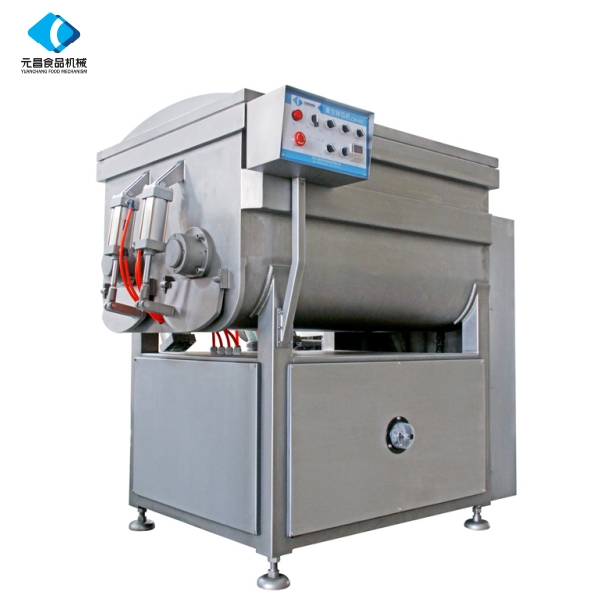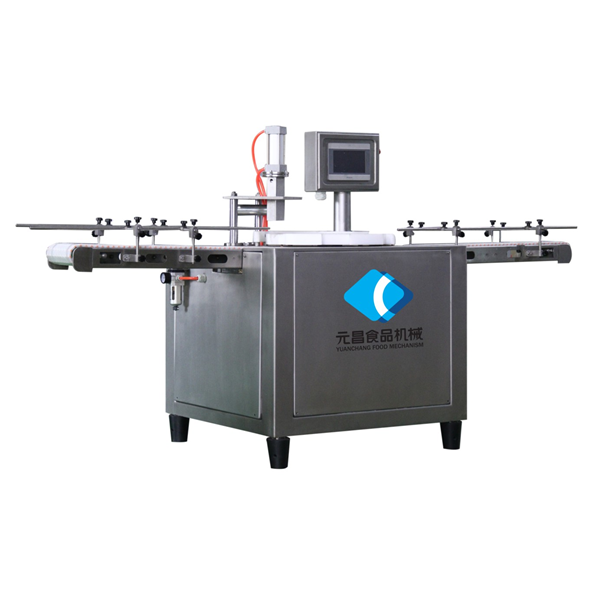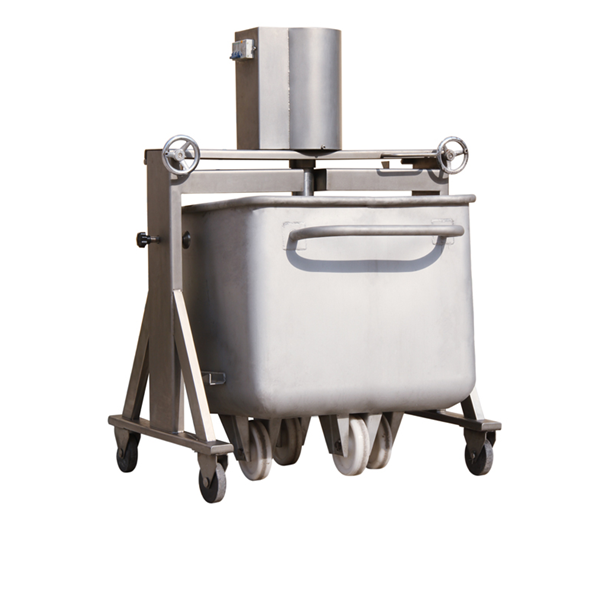- Afrikaans
- Albanian
- Amharic
- Arabic
- Armenian
- Azerbaijani
- Basque
- Belarusian
- Bengali
- Bosnian
- Bulgarian
- Catalan
- Cebuano
- chinese_simplified
- chinese_traditional
- Corsican
- Croatian
- Czech
- Danish
- Dutch
- English
- Esperanto
- Estonian
- Finnish
- French
- Frisian
- Galician
- Georgian
- German
- Greek
- Gujarati
- haitian_creole
- hausa
- hawaiian
- Hebrew
- Hindi
- Miao
- Hungarian
- Icelandic
- igbo
- Indonesian
- irish
- Italian
- Japanese
- Javanese
- Kannada
- kazakh
- Khmer
- Rwandese
- Korean
- Kurdish
- Kyrgyz
- Lao
- Latin
- Latvian
- Lithuanian
- Luxembourgish
- Macedonian
- Malgashi
- Malay
- Malayalam
- Maltese
- Maori
- Marathi
- Mongolian
- Myanmar
- Nepali
- Norwegian
- Norwegian
- Occitan
- Pashto
- Persian
- Polish
- Portuguese
- Punjabi
- Romanian
- Russian
- Samoan
- scottish-gaelic
- Serbian
- Sesotho
- Shona
- Sindhi
- Sinhala
- Slovak
- Slovenian
- Somali
- Spanish
- Sundanese
- Swahili
- Swedish
- Tagalog
- Tajik
- Tamil
- Tatar
- Telugu
- Thai
- Turkish
- Turkmen
- Ukrainian
- Urdu
- Uighur
- Uzbek
- Vietnamese
- Welsh
- Bantu
- Yiddish
- Yoruba
- Zulu
Feb . 13, 2025 03:17
Back to list
Meat Vacuum Mixer
In the culinary world, the efficiency and performance of your kitchen equipment can significantly impact the quality of your dishes, and meat mixers are no exception. When it comes to investing in a meat mixer, understanding the factors that influence pricing can ensure you make a wise and informed purchase. This article delves into key considerations surrounding meat mixer prices, drawing from real-world experiences and expert insights to help you navigate the market with confidence.
Brand reputation cannot be overlooked when assessing meat mixer prices. Reputable brands, often with long-standing histories and positive user feedback, justify higher prices through demonstrated reliability and customer service. Brands like Hobart, Weston, and LEM are often cited for their robust build quality and service networks, which can provide peace of mind to businesses requiring ongoing support for their machines. Experts suggest considering not just the upfront cost, but the total cost of ownership over the meat mixer's lifespan. This holistic evaluation includes potential repairs, maintenance, and energy consumption, which can add up over time. A slightly more expensive model with energy-efficient features can lead to significant savings in long-term operational costs. Authenticity and transparency are essential when purchasing such equipment. It’s advisable to buy from authorized dealers or directly from the manufacturers to guarantee the authenticity and warranty of the product. Customer reviews and expert testimonials are invaluable resources, often highlighting experiences with durability, efficiency, and service standards that can inform decision-making. In conclusion, navigating the meat mixer market requires a comprehensive understanding of the various factors that influence pricing. By considering size, material, features, brand reputation, and long-term costs, buyers can make smart, informed decisions that align with their culinary needs and financial constraints. Tailoring your purchase to these dynamics not only ensures a successful investment but also enhances your kitchen's operational efficiency, leading to better culinary outcomes.

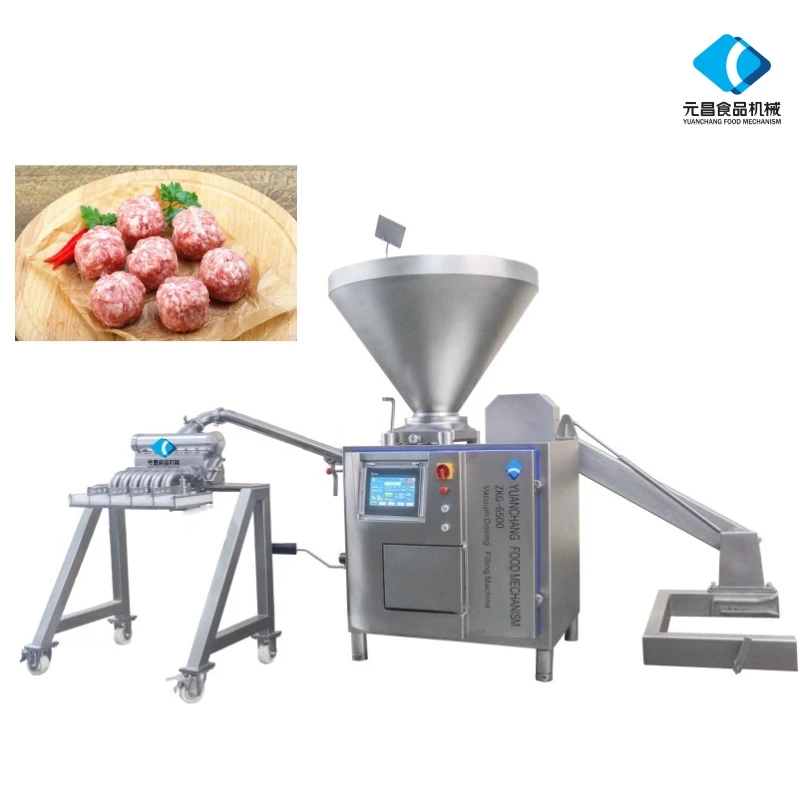
Brand reputation cannot be overlooked when assessing meat mixer prices. Reputable brands, often with long-standing histories and positive user feedback, justify higher prices through demonstrated reliability and customer service. Brands like Hobart, Weston, and LEM are often cited for their robust build quality and service networks, which can provide peace of mind to businesses requiring ongoing support for their machines. Experts suggest considering not just the upfront cost, but the total cost of ownership over the meat mixer's lifespan. This holistic evaluation includes potential repairs, maintenance, and energy consumption, which can add up over time. A slightly more expensive model with energy-efficient features can lead to significant savings in long-term operational costs. Authenticity and transparency are essential when purchasing such equipment. It’s advisable to buy from authorized dealers or directly from the manufacturers to guarantee the authenticity and warranty of the product. Customer reviews and expert testimonials are invaluable resources, often highlighting experiences with durability, efficiency, and service standards that can inform decision-making. In conclusion, navigating the meat mixer market requires a comprehensive understanding of the various factors that influence pricing. By considering size, material, features, brand reputation, and long-term costs, buyers can make smart, informed decisions that align with their culinary needs and financial constraints. Tailoring your purchase to these dynamics not only ensures a successful investment but also enhances your kitchen's operational efficiency, leading to better culinary outcomes.
Previous:
Latest news
-
Vacuum Tumbler Marinator: Fast & Even MarinatingNewsAug.19,2025
-
Glass Container with Plastic Vented Lid - Hebei Yuanchang | Heat-Resistant, Customizable Food StorageNewsAug.18,2025
-
Glass Container with Plastic Vented Lid|Heat Resistant&CustomizableNewsAug.18,2025
-
Mechanical Clipper: Efficient Double Clipping & TrimmingNewsAug.18,2025
-
Glass Container with Plastic Vented Lid-Hebei Yuanchang Food Mechanism & Technology Co., Ltd.|Heat-Resistant&Leak-ProofNewsAug.18,2025
-
glass produce storage containers-Hebei Yuanchang Food Mechanism & Technology Co., Ltd.|Heat-resistant,AirtightNewsAug.17,2025





